As Dan Tri reported, scientists at the biotechnology company Colossal Biosciences (USA) have successfully created three giant wolf cubs using ancient DNA and cloning technology, combined with genetic modification of the gray wolf, the closest relative of the giant wolf.
The basic result of this process is to create a hybrid species that is genetically and physically similar to its extinct ancestors.
The giant wolf that was just "resurrected" appeared on the cover of Time magazine (Photo: Time).
The revival of wolves that became extinct more than 12,500 years ago through biotechnology has excited many people and opened up the potential to revive other long-extinct animals.
After the giant wolf, is it the Tasmanian tiger's turn to be reborn?
The resurrection of the giant wolf has raised hopes for the use of biotechnology to bring extinct animals back to life. The Tasmanian tiger is one of them.
The Tasmanian tiger, also known as the Tasmanian wolf or thylacine (scientific name Thylacinus cynocephalus) is a marsupial carnivore, with a wolf-like appearance, but possessing stripes on its back like a tiger.
The Tasmanian tiger is also known as the Tasmanian wolf, but it is a marsupial, unrelated to tigers or wolves (Photo: NFSA).
The Tasmanian tiger was once common on mainland Australia, the islands of Tasmania and New Guinea millions of years ago. However, about 2,000 years ago, this animal became extinct on mainland Australia and only survived on the island of Tasmania.
The last Tasmanian tiger on Earth died in captivity at the Tasmania Zoo in September 1936. The cause of death is believed to be due to carelessness by zoo staff, when the animal was left outside on a cold night.
Colossal Biosciences says it is working on a project to bring the Tasmanian tiger back from extinction. However, reintroducing the animal is more difficult than the giant wolf because the Tasmanian tiger's closest relatives have been genetically isolated for a long time.
Dr Emily Roycroft, working at the Conservation and Evolution Research Unit at Monash University (Australia), said the biggest obstacle in reviving the Tasmanian tiger is finding a close relative of this animal to modify the appropriate genome.
Previously, scientists at Colossal Biosciences edited about 15 genes of the North American gray wolf, a close relative of the giant wolf, to create a new genome of the extinct animal. However, with the Tasmanian tiger, scientists expect to have to edit thousands of genes.
One of the surviving images of the Tasmanian tiger (Photo: Tasmanian Archives and Heritage Office).
Dr. Andrew Pask, head of the Tasmanian tiger gene restoration research team at the University of Melbourne (Australia), which collaborated with Colossal Biosciences in the process of reviving the extinct animal, said his team had recreated a genome with 99.5% accuracy of the Tasmanian tiger.
However, even if they were able to create a Tasmanian tiger genome, scientists would still have to find a distant relative of the animal to act as a surrogate mother to give birth to Tasmanian tiger cubs.
What are the closest relatives of the Tasmanian tiger?
Although the Tasmanian tiger is also known as the marsupial wolf, this animal is not related or related to tigers, wolves or animals in the canine or feline family.
The Tasmanian tiger's closest relatives are the carnivorous marsupials of Australia, including the quoll, fat-tailed dunnart, and Tasmanian devil…
After decoding and comparing the genomes of carnivorous marsupials, scientists at Colossal Biosciences decided to choose the fat-tailed dunnart as a candidate to recreate the Tasmanian tiger due to genetic similarities.
The fat-tailed Dunnart is a close relative of the Tasmanian tiger (Photo: iNaturalist).
Dr Andrew Pask said the Tasmanian tiger's genome was similar to the fat-tailed dunnart, so scientists hoped that by combining cells that had been edited to resemble the Tasmanian tiger's genes, with an empty dunnart egg cell, they could create a Tasmanian tiger embryo.
The embryo was then transferred into the uterus of a female fat-tailed dunnart to develop into a fetus. However, one problem was that the Tasmanian tiger was about the size of a domestic dog, standing between 50 and 70cm tall, while the fat-tailed dunnart was only the size of a mouse.
Scientists say marsupials' babies are about the size of a pea and develop inside their mother's pouch. So they plan to create an artificial pouch environment to raise Tasmanian tiger cubs without the need for a real mother.
Size comparison of the fat-tailed dunnart with the Tasmanian tiger and humans (Photo: ABC Science).
Dr Pask said scientists would closely monitor the genetic process during embryonic development to edit the appropriate genetic elements before any offspring are born.
"We have no plans to create a hybrid between a dunnart and a Tasmanian tiger," said Dr Pask.
Barriers to overcome to reintroduce the Tasmanian tiger
In order to bring back an extinct animal species, it is important for scientists to have a genetic map of that animal species.
Dr Emily Roycroft said no genome map is perfect, even for existing animal species, so trying to build a complete genome map of the extinct Tasmanian tiger is no easy task.
However, Dr Andrew Pask said new technologies make it possible to sequence the complete DNA sequence to build a genetic map of the Tasmanian tiger.
"We are lucky to have specimens of the Tasmanian tiger that are so well preserved today, which is something that not all extinct animals have," said Dr Pask.
Genetics, however, are not the only hurdle to bringing back the Tasmanian tiger. Another obstacle is the way marsupials reproduce.
The development of a baby fat-tailed dunnart. The baby is born underdeveloped and is nurtured in its mother's pouch (Photo: Communications Biology).
Marsupial young are usually born underdeveloped and raised in their mother's pouch, while an artificial pouch system to raise these young has not been fully developed by scientists.
Artificial insemination for marsupials is also much more difficult than for other mammals. Therefore, successfully creating an embryo of the Tasmanian tiger is a huge challenge for scientists.
Scientists still have many challenges to overcome before they can successfully resurrect the Tasmanian tiger. If another extinct animal is brought back to life, it will certainly be a step further for scientists to be able to revive animals that only exist in books and magazines.
The Tasmanian tiger is a carnivorous marsupial, about the size of a wolf, about 100-130cm long (including the tail), 50-65cm tall, and weighing about 15-30kg. This animal has a golden brown coat with distinctive black stripes on its back and tail, giving it the name "Tasmanian tiger" even though it is not related to the cat family.
Both male and female Tasmanian tigers have a pouch on their abdomen, but only the female uses the pouch to nurse her young.
The Tasmanian Tiger is an apex predator. It preys on kangaroos, wallabies, and occasionally small cattle. It is a solitary animal that lives and hunts alone, and is mainly nocturnal.
When Europeans settled in Australia and Tasmania, the animal was considered a threat to livestock. The Tasmanian government paid bounties to hunt the animal, causing its numbers to plummet.
In addition, loss of habitat and competition with invasive species are also the reasons why the Tasmanian tiger became extinct.
Source: https://dantri.com.vn/khoa-hoc/sau-soi-khong-lo-them-mot-loai-dong-vat-tuyet-chung-sap-duoc-tai-sinh-20250415014718757.htm


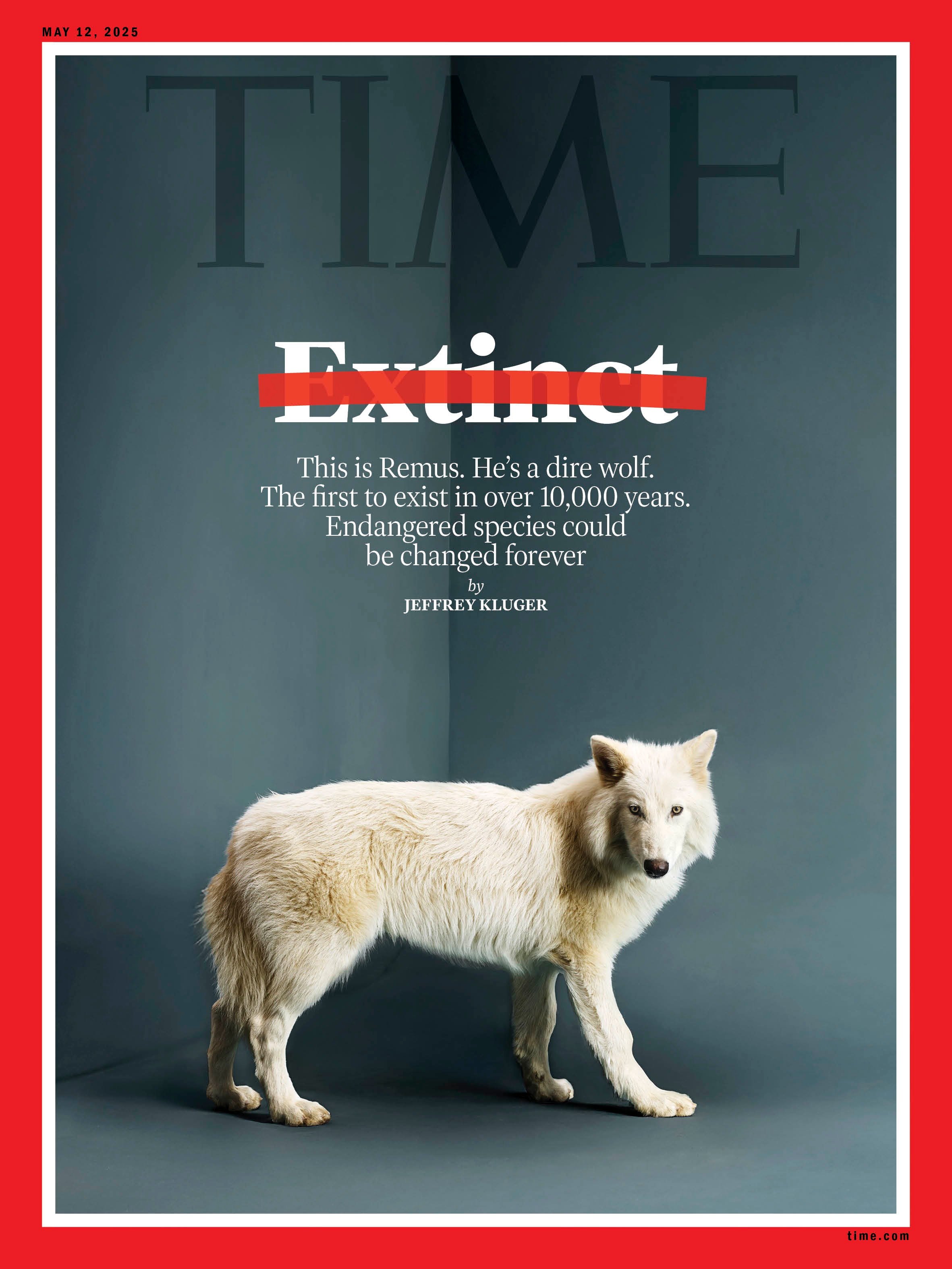
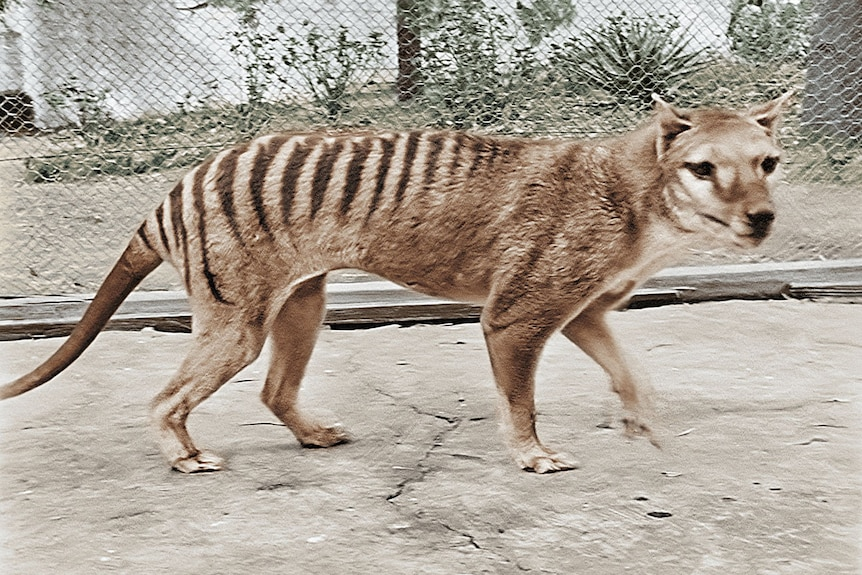
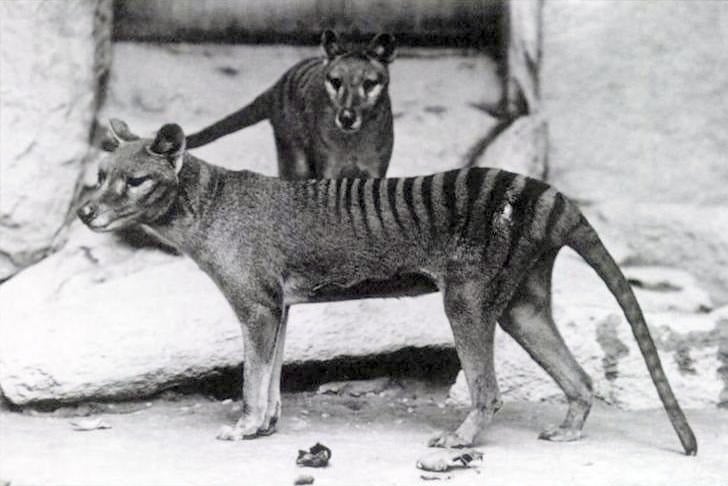
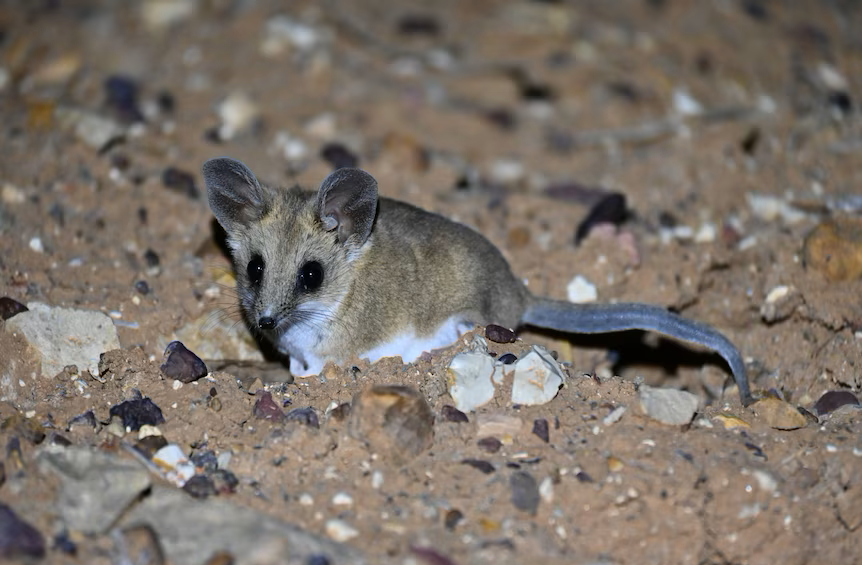
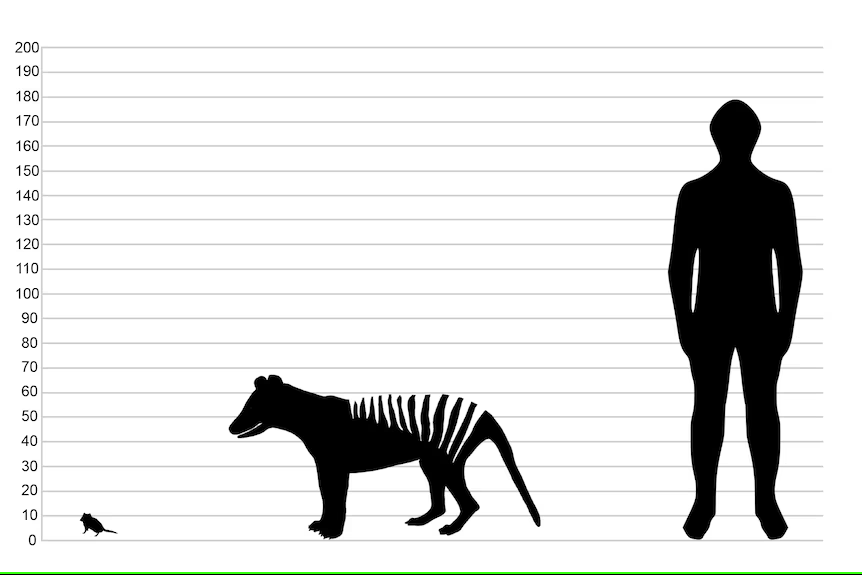
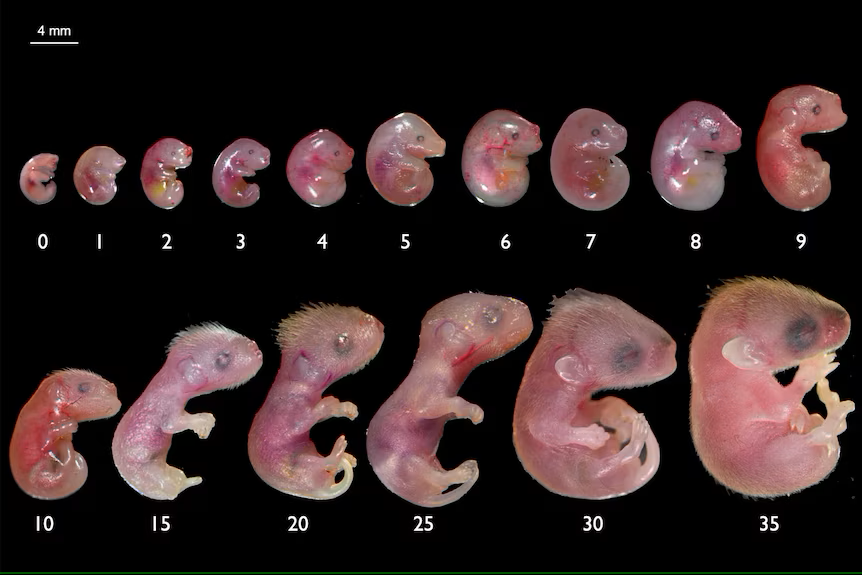



![[Photo] Mass parade to celebrate 50 years of national reunification](https://vphoto.vietnam.vn/thumb/1200x675/vietnam/resource/IMAGE/2025/4/30/825e459ee2f54d85b3a134cdcda46e0d)
![[Photo] Panorama of the parade celebrating the 50th anniversary of the Liberation of the South and National Reunification](https://vphoto.vietnam.vn/thumb/1200x675/vietnam/resource/IMAGE/2025/4/30/affbd72e439d4362962babbf222ffb8b)
![[Photo] "King Cobra" Su-30MK2 completed its glorious mission on April 30](https://vphoto.vietnam.vn/thumb/1200x675/vietnam/resource/IMAGE/2025/4/30/5724b5c99b7a40db81aa7c418523defe)
![[Video] Vietnamese start-up AI wins at Asia's leading technology event](https://vphoto.vietnam.vn/thumb/402x226/vietnam/resource/IMAGE/2025/4/30/76eba0f013514accaa77f310813e49ce)

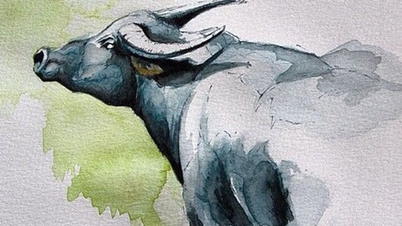

















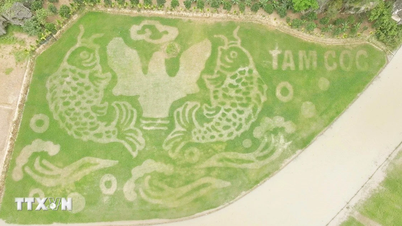






























































Comment (0)